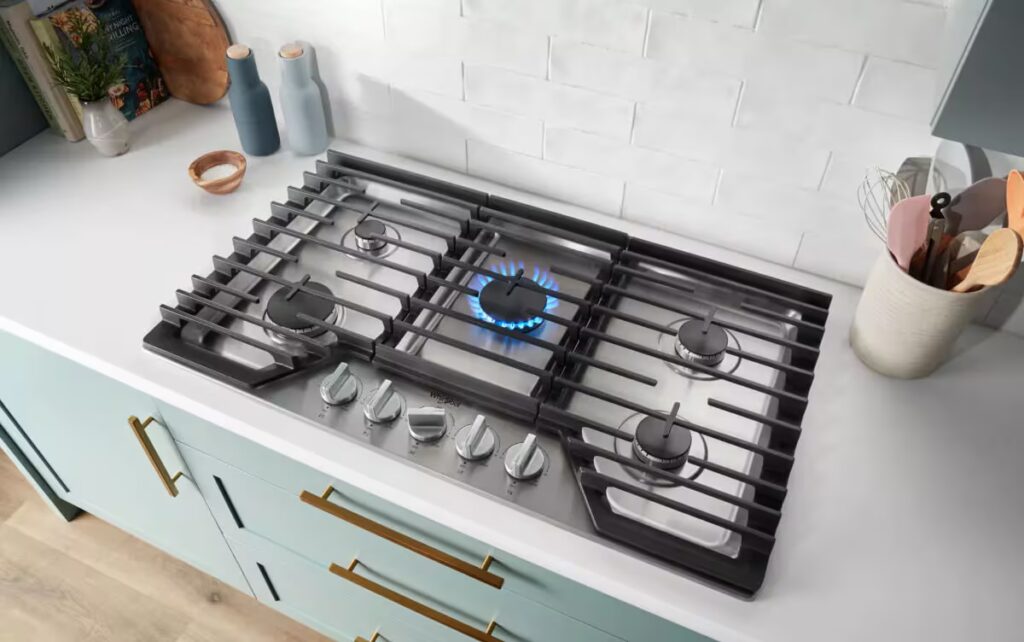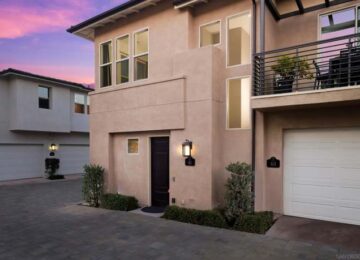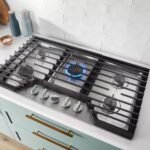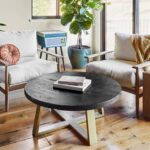If you have a small kitchen or limited counter space, a narrow gas cooktop could be the perfect solution. These compact cooktops deliver powerful cooking performance without taking up as much room as traditional cooktops. However, when choosing the right one, there are several factors to consider. The size, burner configuration, and features all play a role in making the best choice for your needs. In this guide, we’ll walk you through what to keep in mind when selecting a narrow gas cooktop for your home.
1. Determining the Correct Size
Standard Width Options
Narrow gas cooktops typically come in these widths:
- 12 inches (very compact, usually 1-2 burners)
- 15 inches (common for small kitchens, 2 burners)
- 18 inches (good middle size, 2-3 burners)
- 20-24 inches (more cooking space, 3-4 burners)
Measuring Your Space
Before purchasing:
- Measure your existing cabinet cutout (or planned space)
- Allow 1-2 inches of clearance on each side
- Check depth requirements (standard is 19-22 inches)
- Verify ventilation space if installing under a range hood
Tip: If replacing an old cooktop, use its dimensions as your starting point.
2. Burner Layout and Power Options
Common Burner Configurations
- 2-burner models: Best for light cooking or small households
- 3-burner models: Offers more versatility
- 4-burner models: Ideal for family cooking
Understanding BTU Ratings
Burner power is measured in BTUs:
- Low (5,000-8,000 BTU): Good for simmering
- Medium (9,000-12,000 BTU): Everyday cooking
- High (15,000+ BTU): Best for boiling and searing
Recommended Setup: Choose a cooktop with a mix of different BTU burners for flexibility.
3. Important Features to Consider
Essential Features
- Continuous grates (makes moving pots easier)
- Sealed burners (easier to clean and safer)
- Automatic reignition (safety feature)
- Dual-flame burners (better temperature control)
Additional Options
- Bridge element (combines burners for griddle use)
- Built-in ventilation (if you don’t have a range hood)
- Safety knobs (child-proof option)
- Material choices (stainless steel or glass top)
4. Installation Requirements
What You’ll Need
- Proper gas line (natural gas or propane)
- Adequate ventilation (range hood or downdraft system)
- Correct electrical connection (for ignition systems)
Professional vs DIY Installation
While some experienced homeowners can replace an existing cooktop:
-
- You should hire a professional if:
- You need new gas lines installed
- Cabinet modifications are required
- You’re adding ventilation
Frequently Asked Questions
- Can I switch from electric to gas?
Yes, but you’ll need:
- A new gas line installed by a licensed professional
- Possible cabinet adjustments
- Proper ventilation system
- What’s the smallest available gas cooktop?
12-inch models with 1-2 burners are the most compact options.
- Do I need a high-power burner?
Only if you regularly:
- Boil large pots of water
- Cook with a wok
- Need to sear meats at high temperatures
- What’s better: sealed or open burners?
- Sealed burners are easier to clean and safer
- Open burners provide higher heat output
- Can I install in a kitchen island?
Yes, but you must have:
- Proper ventilation (downdraft or overhead hood)
- Enough clearance from seating areas
- Professional installation for safety
Conclusion: Finding the Right Narrow Gas Cooktop
Choosing the right narrow gas cooktop depends on your kitchen space, cooking needs, and budget. Focus on the size, burner configuration, and features that best suit your cooking habits. A narrow gas cooktop can be an efficient, stylish solution for smaller kitchens without compromising on cooking performance. By considering these factors, you’ll be well on your way to selecting the ideal cooktop for your home.











